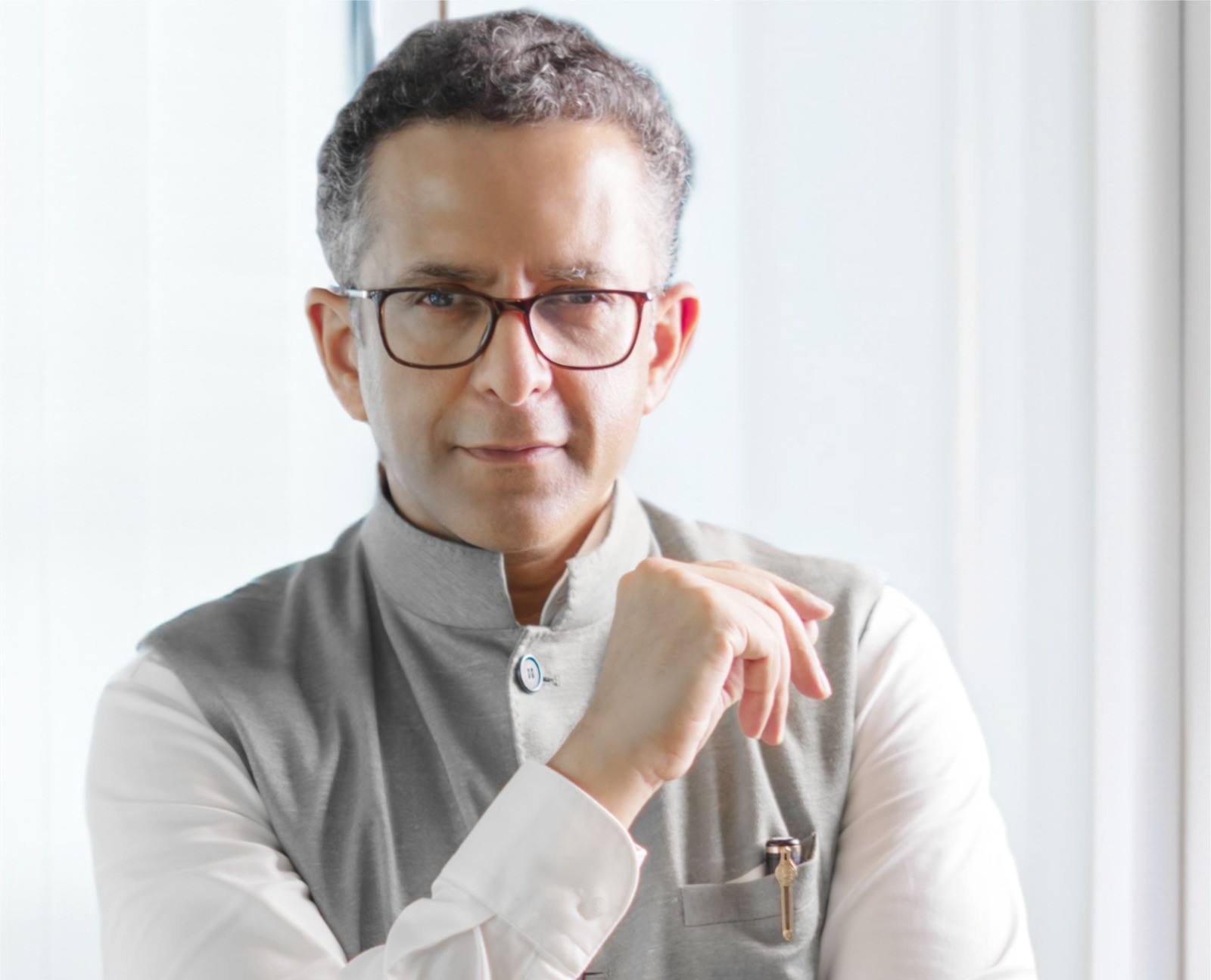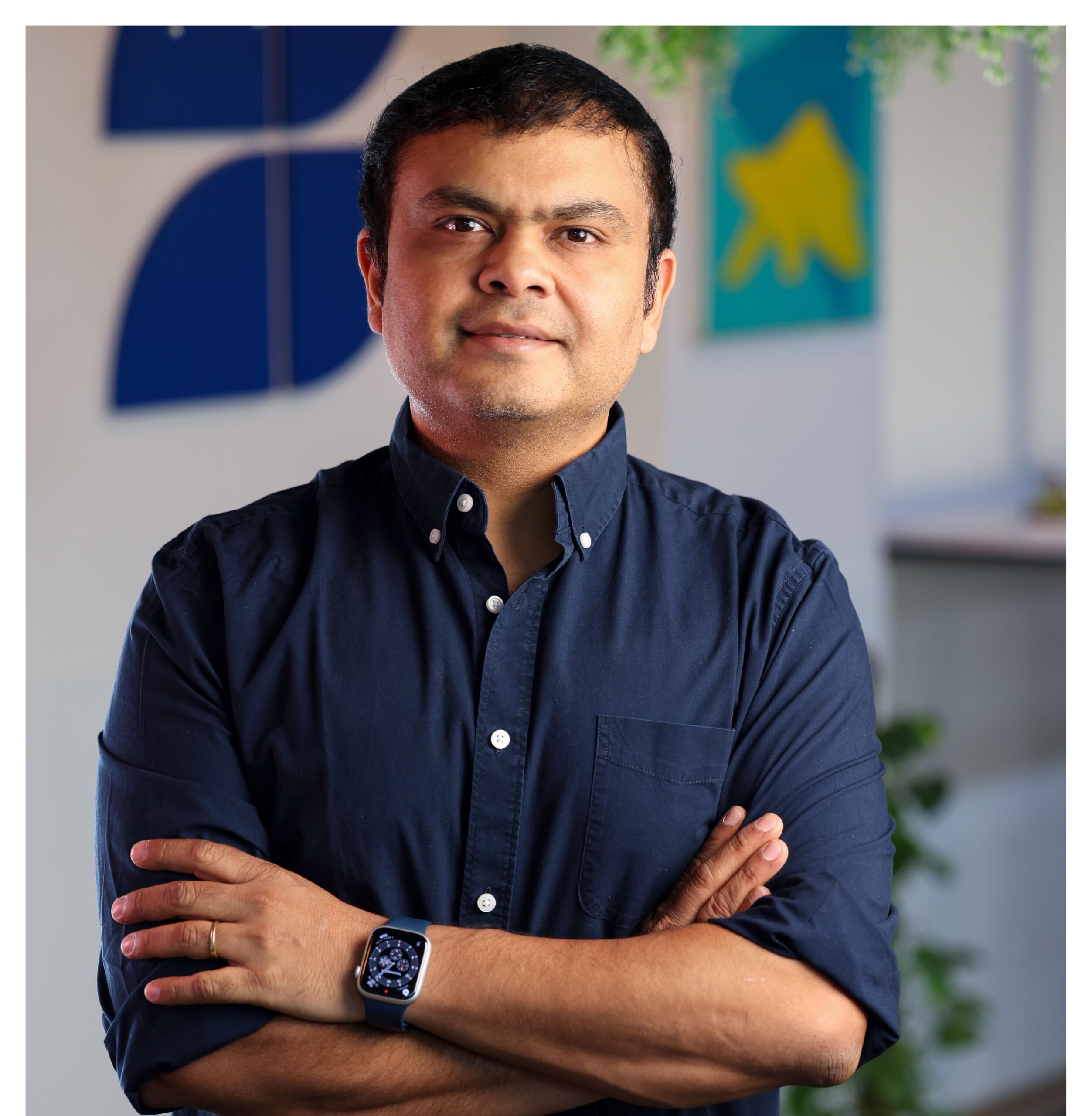By: Gaurav Bhagat, Founder, Gaurav Bhagat Academy
India’s higher education is evolving. The traditional elite Indian Institutes of Technology (IITs), long renowned for tough STEM education, now have new competition in the form of foreign universities establishing Indian campuses. With the NEP 2020 reforms, institutions such as the University of Southampton (UK) have already opened campuses (Southampton’s Gurugram campus has already opened in Aug 2025), and five more are on the way by 2026–27 (Illinois Institute of Technology Chicago, University of Liverpool, Victoria University Melbourne, Western Sydney University and Istituto Europeo di Design, Italy). These overseas campuses guarantee global degrees from home and are specifically designed to stem brain-drain by providing local access to international education.
Legacy and Reputation: Brand Power vs Global Name
IITs’ Homegrown Glory: The IITs enjoy decades of reputation in India. Admissions are intensely competitive (through JEE exams), and alumni boast numerous leaders in technology and engineering. IIT Delhi (#123 in the latest QS World Rankings 2026) and IIT Bombay (129) lead Indian rankings now. None of India’s universities have yet broken the world’s top 100, but IITs own national rankings (IIT Delhi, Bombay and IISc Bangalore have traditionally fought over India’s top three positions). An IIT graduate is equated with brilliance in India, and its alumni include India and numerous global technology centers.
Foreign Campus Brands: The new branches have the names of prestigious parents. For example, Liverpool is a Russell Group UK university (QS #165 in the world), Illinois Tech is engineering-oriented (QS 601–610), and Western Sydney is a Group-of-Eight Australian research university (QS #384). The names bring immediate global reputation. Degrees will be the same as those given at home campus, so graduates receive “globally recognized qualifications without ever leaving India”. But their recognition by Indian families is still building up. An IIT rankle in a list of entrances is immediately comprehensible, while the gravitas of an international brand (particularly a new campus) will be less apparent to some.
Academics & Quality: Strict Foundations vs International Pedagogy
IIT Syllabus: IITs are well known for their intense, fundamentals-based syllabus. Undergrads at engineering colleges learn heavy science and math and lab courses; even humanities and design schools (at newer IITs) use a rigid credit model. The older IITs have also increased research: e.g., IIT Delhi was given large government grants (an “Institution of Eminence”) to expand labs and equipment. Professors are largely Indian specialists (with some foreign visitors), and classroom culture is test-oriented. This is intense and theory-based, which students value highly, although critics say it can be rigid or pressure-intensive.
Foreign Campus Curriculum: The international new campuses stress home-style teaching and flexibility. They seek to mirror the home experience: Southampton Delhi will deliver degrees “that are identical to those awarded in the UK” with industry-linked research and learning. Liverpool’s Bengaluru campus is pledged to “reflect the academic intensity and research-driven culture” of Liverpool UK. Some of the international programs (such as the Italian IED Milan design school) are project-oriented and hands-on, with emphasis on creative work. Most campuses intend up-to-date infrastructure (state-of-the-art labs, Bloomberg finance labs at Southampton) and might permit wide electives across disciplines. In short, foreign branches tend to offer interdisciplinary, credit-based programs (similar to Ashoka or Jindal Global) alongside a global outlook.
Both IITs and overseas branches insist on high quality: UGC norms even mandate that a foreign campus’s curriculum must be “at par” with its parent campus. Practically, the IIT syllabuses are tested-and-proven, while branch campuses will be experiments – so far unproven in India. Students are smart to examine individual programs (and talk to current students or faculty) to assess academic suitability.
Cost & Affordability: Low Fees vs High Premiums
IIT Affordability: One of IITs’ strongest advantages is cost. Government subsidies keep fees very low: an IIT bachelor’s degree (4–5 years) costs roughly ₹8–10 lakh total for general-category students (about ₹2.5–3.0 lakh per year). Scholarships and fee waivers make it nearly free for economically weaker students. Even after recent fee hikes, an IIT education remains far cheaper than almost any private alternative. In India’s expensive educational market, this is a huge draw.
Foreign Campus Fees: Foreign campuses, on the other hand, are quite expensive (though significantly less than traveling overseas). In one analysis, while an overseas education would cost ₹30–60 lakh a year, the same courses in India could cost ₹8–20 lakh a year. Deakin University’s new campus in GIFT City, for instance, costs roughly ₹22 lakh a year for a two-year analytics master’s. Comparable ballparks for others (approximately ₹10–20L/year for UG and PG courses, depending on the institution). These are still lower than home-country costs (which could be ₹40 lakh a year in Australia/UK), but way more than IIT fees.
A few campuses give scholarships to alleviate the pressure. The University of Wollongong India, for example, has merit scholarships and special scholarships (e.g. 50% of the tuition for women in fintech). Southampton Delhi also has a few merit-based and need-based scholarships. Nonetheless, families tend to have to budget for a five- or six-figure per annum cost (in Indian rupees). In short, going with a foreign campus is usually a significant markup compared to a government college.
Industry Exposure & Career Networks
IITs are famous for campus placements. Dozens of IT and engineering companies throng to IIT campuses annually, promising good pay packages – historically, median salary packages at top IITs stretch into tens of lakhs annually. Recruiters vary from Indian behemoths (TCS, Infosys, Aditya Birla Group) to multinationals (Google, Microsoft, Goldman Sachs). IITs have developed a strong network of alumni in Indian industry and startups, which contributes to high placement rates.
Overseas campuses take advantage of their parent’s international networks. Illinois Tech Mumbai, for instance, will be replicating Chicago’s “Elevate” program, assured internships and research work for students. Western Sydney University in Noida is planning a “Centre of Excellence” in smart farming and water security in collaboration with industry researchers. These programs promise multinational internships and advanced projects. But because these campuses are new, their placement infrastructure is still developing. Overall, an international campus may provide wider world exposure (e.g., summer exchanges or home-campus projects), but the IITs now have a stronger established alumni base in the Indian job market. Students need to decide whether they desire local industry networks or a toe in global companies.
Global Opportunities & Exchanges
The main draw of international campuses is built-in international channels. Most of the schools offer “2+2” or transfer schemes: study for 2 years in India and complete the degree outside, or vice versa. Some of them will have collaborative projects or short-term study visits. For instance, students from Illinois Tech may be there for a semester at Chicago; Southampton Delhi invites merit students to study in the UK campus. These choices can prove life-altering: “the possibility of relocating to the home country of the university in advanced phases of the programme” can be provided, and international students introduce varied students. Graduates receive a degree from the parent university, frequently facilitating international mobility (e.g. identical credentials accepted in most nations).
IITs, on the other hand, are India-oriented. The IIT is where he got his degree, and IIT has strong brand value in Asia and among Indian businesses globally, but there is no automatic exchange program. Numerous IIT students do get masters or careers overseas, but they have to apply as any foreign student would. In other words, foreign campuses may embed international experience into the curriculum, whereas IITs leave it up to the individual student to seek out exchange programs or higher studies overseas.
Conclusion
Overseas campuses provide international curriculum, global exposure and new programs, at higher cost and in an untested Indian setting. Your own goals, cost, and learning approach will decide on the best option. Consult with admissions counselors, attend information sessions, and even consider visiting campuses. Remember that any one pathway is not necessarily “better” than the other; both have their pros and cons. Finally, students must equate their choice with their goals (whatsoever that is a research career, starting a business, employment with an MNC or employment with India’s IT industry) to make the optimum decision.



